Toei Kyoto Studio Park takes you back in time to Edo period Japan, but all is not what it seems
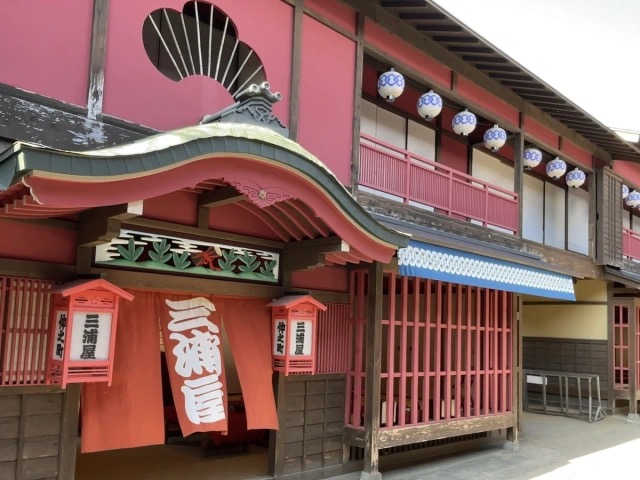
Join us on a guided tour of the film set where hundreds of Japanese period movies and dramas are filmed every year.
There are many museums around Japan where you can learn about the history of the country, but nothing beats the immersive experience of an open-air museum. These types of museums allow you to stroll through real-world environments that make you feel as if you’re an actor on a film set, but there’s only one theme park that’s an actual film set open to visitors, and it’s called Toei Kyoto Studio Park.
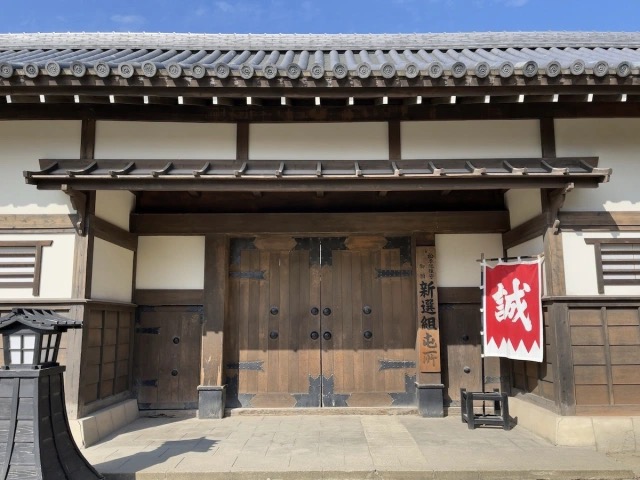
The lines between open-air museum, theme park, and film set are blurred here, so to find out more about it, we took a guided tour with an actor. The studio shoots more than 200 films per year at this location, so the actor regaled us with stories from behind the scenes as we walked through the streets styled to look like an Edo period town.
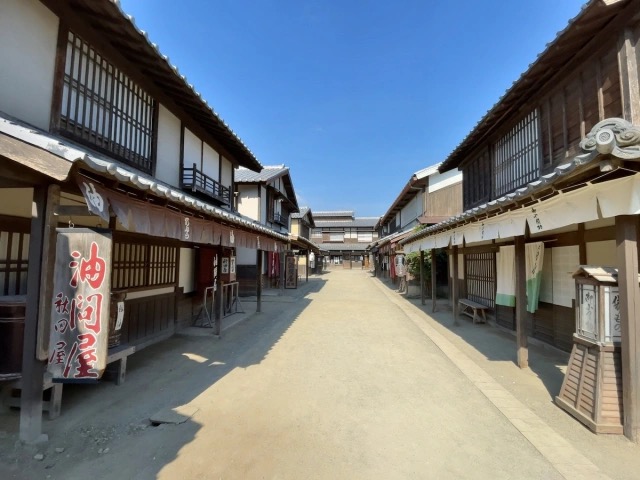
The first thing we learned was the set isn’t only used to film dramas and movies set in the Edo period (1603-1868). For example, NHK’s “asadora” (morning TV drama) Come Come Everybody, broadcast earlier this year, was partially set in the Showa era (1926-1989), so they simply made a few adjustments and added in some extra props to turn one area into a bustling Showa-era shopping street.
▼ You wouldn’t find these street lamps in 17th century Japan.
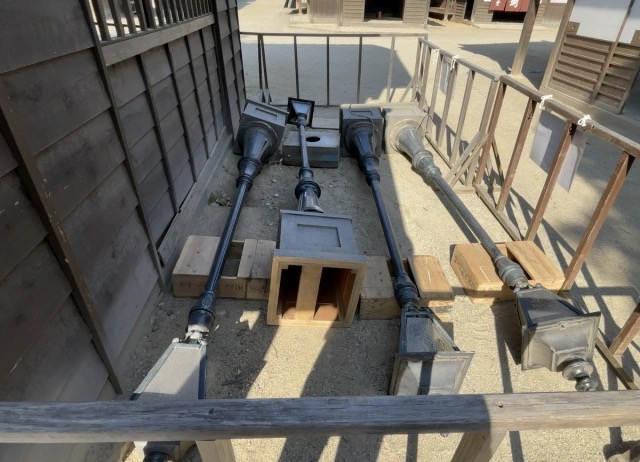
The versatility of the set is part of the movie magic we weren’t expecting to see here, but according to our guide, props such as housing fixtures, signboards, streetlights, and utility poles can be added and removed to create landscapes that match the desired eras. When multiple productions are being filmed at the same time, they’re set up in different areas, with one street between to separate them.
▼ This gate, modelled after the main gate at Nijo Castle, appeared in Come Come Everybody but it has a timeless appeal that makes it suitable for use in a wide range of eras.
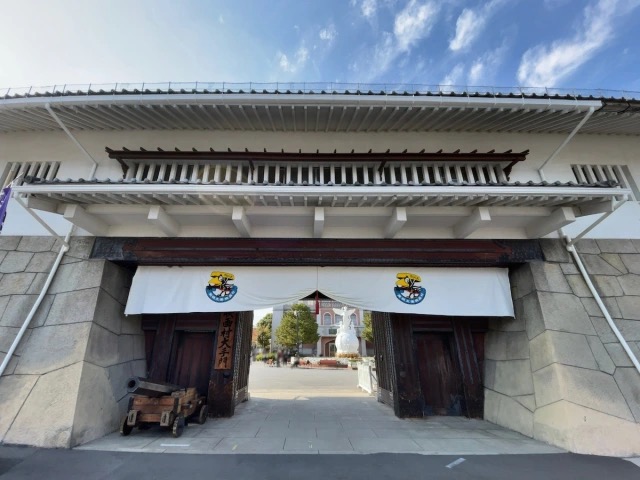
As we made our way towards an outdoor pool, our guide stopped to explain that this area often appears in period dramas as a moat where corpses are found. It’s exposed to the elements so it’s not the cleanest of pools, but while that adds to the visual aesthetic, our guide told us that he and the other actors don’t particularly look forward to having to act in dirty looking water like this, although it’s all part of the job.
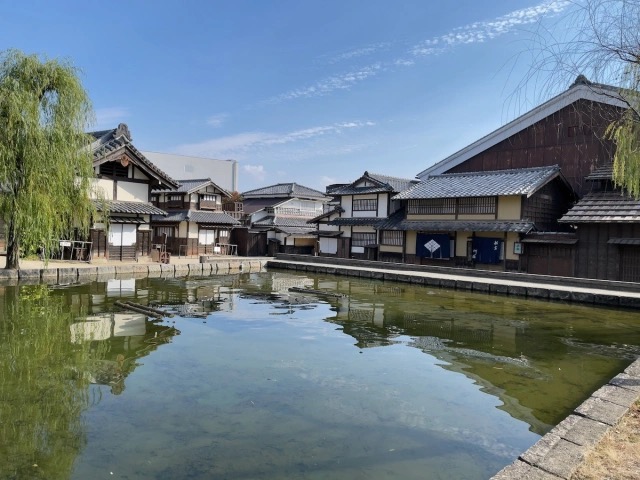
The actor’s frank and funny approach to the guided tour made everyone laugh, and when we came to a stone wall, he stopped to share another interesting piece of behind-the-scenes information.
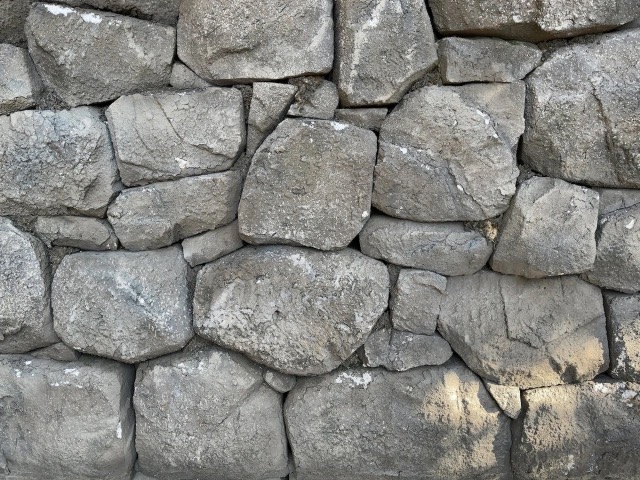
If you look closely at the surface of some of the exposed bits, you can see that this isn’t a wall made of real stones — the “stones” here are made from styrofoam!
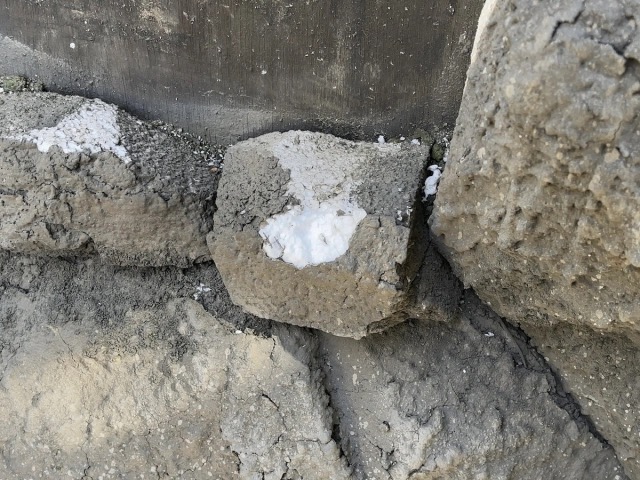
Most of the stone monuments here are actually made from styrofoam, which means they can be easily lifted and moved to create different settings.
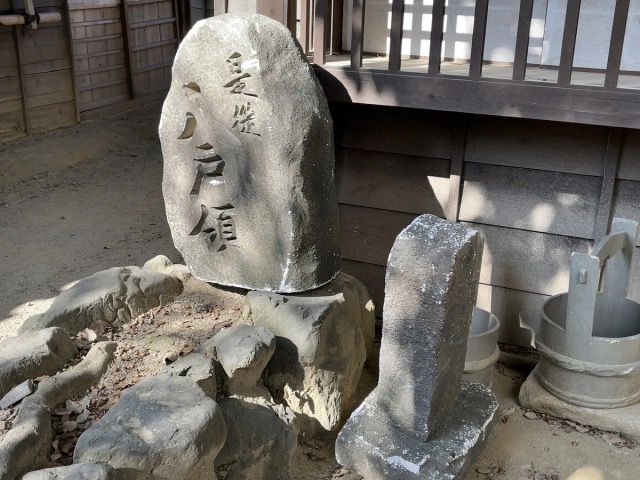
That’s not the only part of the set that isn’t what it seems — the famous Nihonbashi (“Japan Bridge“) that was first built in 1603 in Tokyo, or Edo as it was known at the time, is only half-made in its reconstruction at the park. There’s no water beneath this bridge, and there are actually stairs on the other side that actors climb to make it look like they’re walking up the arch.
▼ From the low angle of the camera, you’d never know this bridge is actually incomplete.
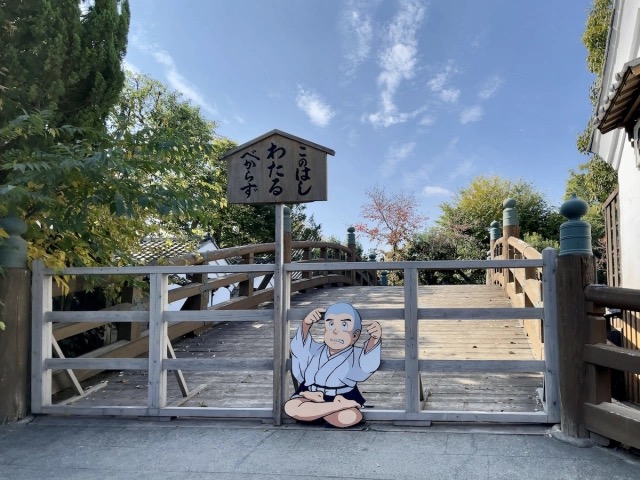
Over on the main street, you’ll find all sorts of traditional-looking stores designed to look like they’re selling products like liquor, rice, and candles. Each store has its own paper lantern and noren curtain over the entrance to advertise their wares, but again, these can be easily removed or replaced for filming.
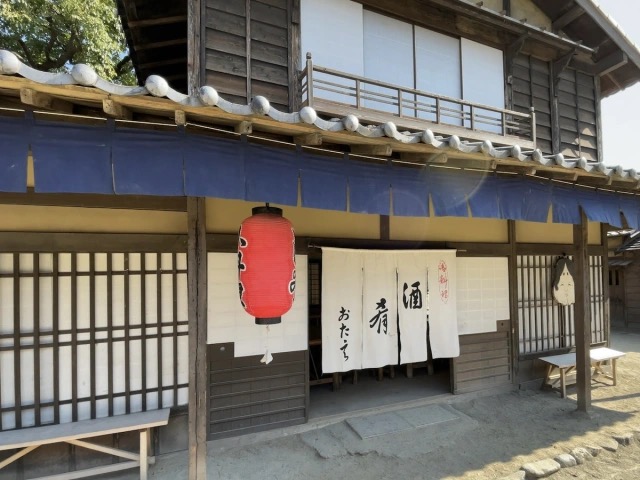
Another interesting discovery was the fact that some of these buildings have wheels under them, so the whole thing can be moved as needed to entirely change the landscape. According to our actor guide, there are even large pine trees on wheels that can be moved around for filming purposes.
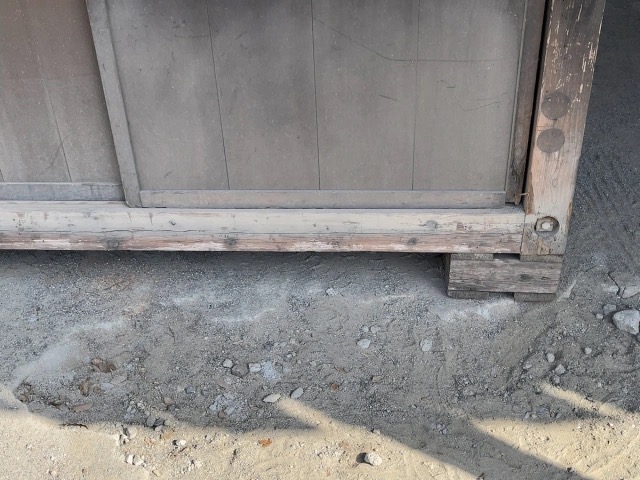
There are some slightly more modern-looking buildings to be found as well, like this one, which often appears as a police station in detective dramas. Simply add a patrol car and a police officer out the front, and the scene is set for a gripping police investigation.
▼ It’s a bit of a house of cards situation, though, as this “building” isn’t really made with bricks and mortar.
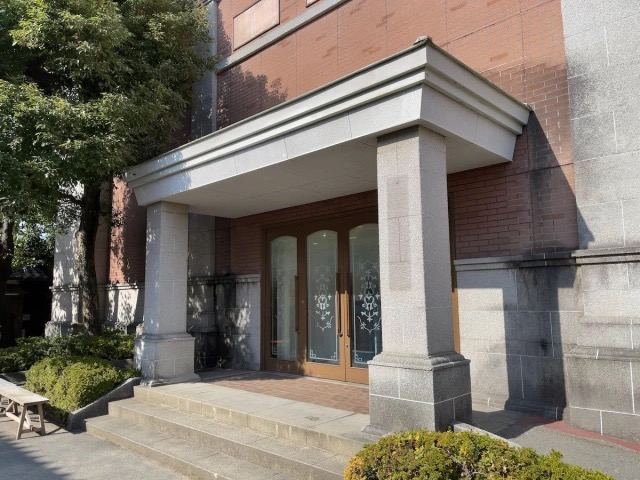
There are a lot of buildings here, but they’re all used for exterior shots as a lot of the interiors aren’t built. Interior scenes are filmed inside a warehouse-like studio at the back of the movie village.
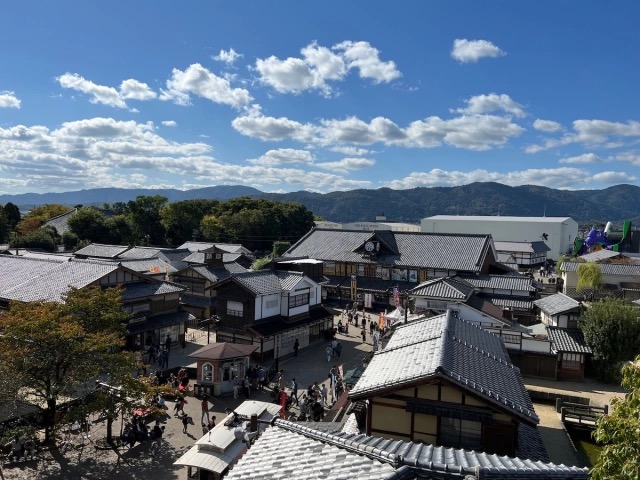 Image provided by Toei Kyoto Studio Park
Image provided by Toei Kyoto Studio Park
Actors often move between the studio and the open set when filming period dramas, and because a lot of the traditional-looking buildings on the lot are devoid of interiors, they come in handy as dressing rooms for the actors.
▼ There are a handful of buildings that do have interiors, though.

It’s hard to believe that this historic-looking world is located in the middle of Kyoto City, but occasionally you can hear the rumble of a passing train so staff on set have to keep an eye on the train schedules to avoid capturing the sound when shooting.
▼ How picturesque is this location?

Another highlight of the tour was stopping by this building, styled to look like something out of the Yoshiwara red-light district. Prostitutes used to sit behind the wooden slats of buildings like these to entice passers-by.
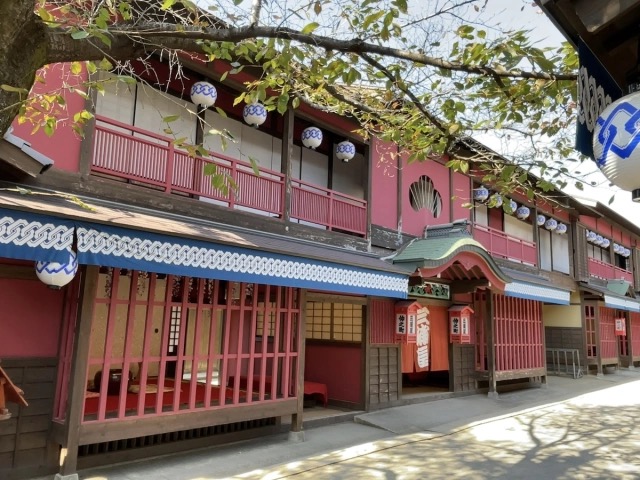
If you have a passion for traditional Japan, a visit to Toei Kyoto Studio Park is definitely for you. A guided tour makes things even more interesting, and if you really want to feel as if you’ve time-travelled to the past, you can rent a kimono or period costume, complete with wigs and makeup.
If you’re looking for a more modern, but equally very Japanese experience, there’s another exhibit at the park worth exploring — a full-scale Evangelion. There really is more to Kyoto than shrines and temples!
Park information
Toei Kyoto Studio Park / 東映太秦映画
Address: Kyoto-fu, Kyoto-shi, Ukyo-ku, Uzumasa Higashihachiokacho 10
京都府京都市右京区太秦東蜂岡町10
Website
Photos ©SoraNews24 unless otherwise stated
● Want to hear about SoraNews24’s latest articles as soon as they’re published? Follow us on Facebook and Twitter!
Credit:

0 comments:
Post a Comment